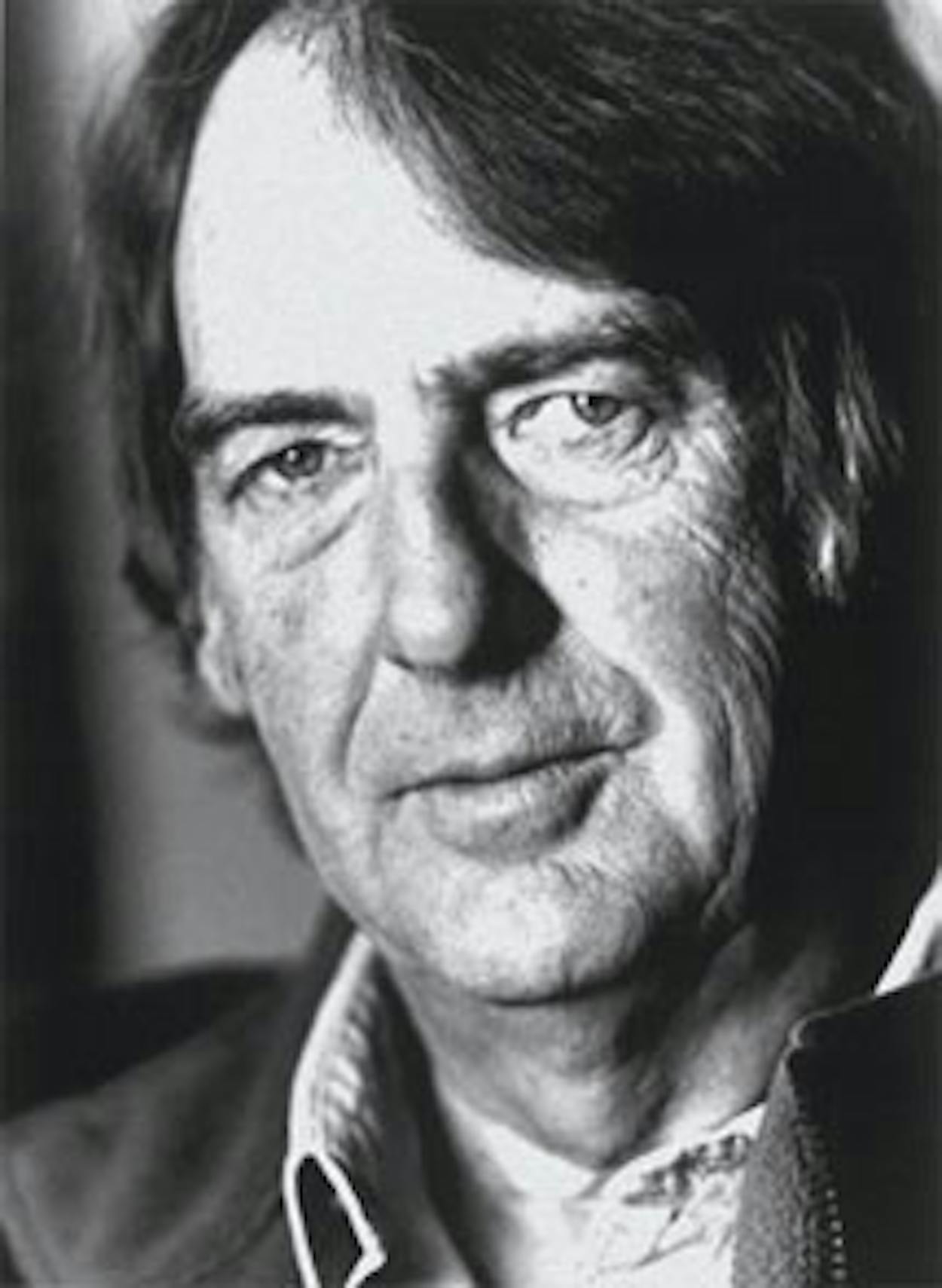Murder City: Ciudad Juárez and the Global Economy’s New Killing Fields offers a brutally frank snapshot of the descent of this major metropolis—just across the Rio Grande from downtown El Paso—into virtually unchecked bloodshed. Bowden, an acclaimed author and journalist, resides in Tucson and is a contributing editor for GQ and Mother Jones. Mexico and the American Southwest figure heavily in his work; Murder City, his latest book, will be followed soon afterward by Dreamland: The Way Out of Juárez, a collaboration with Lubbock artist Alice Leora Briggs.
Is it an exercise in hyperbole to call Ciudad Juárez “Murder City”? No. The murder rate in Ciudad Juárez is around 200 per 100,000, compared with just 6 per 100,000 in New York City. This makes it probably the most violent city in the world at the moment. The rate for Mexico as a whole is around 14 per 100,000. Juárez has had over 10,000 businesses close. Twenty-seven percent of its houses have been abandoned, and one estimate states that 60,000 families have fled to the U.S. The presence of 10,000 Mexican military personnel and federal police has accelerated the murder rate—307 in 2007; 1,623 in 2008; 2,660 in 2009. So, once again, no, the title is not hyperbole.
Did the murder rate accelerate because of or despite the large number of military and police personnel? There have been hundreds of complaints to the state human rights representative in Juárez about murders, kidnappings, rapes, and robberies by the Mexican army and federal police. At the moment, that representative, Gustavo de la Rosa Hickerson, is a refugee in El Paso because of death threats that the Mexican government has ignored. There have been numerous killings where citizens of Juárez have stated that Mexican soldiers either did the killing or stood by and ignored the killing. Basically, sending the Mexican army and federal police into Juárez simply added two more criminal organizations to the violence.
How much time did you spend in Juárez before writing the book? I was there off and on during 2008. I abandoned the visits several times—once in June, again in late August—because I was growing numb from the killings. Only that fall did I decide that I was writing a book. I realized two things: I was witnessing a rare example of the sort of hyperviolence that swept certain destroyed cities immediately after the end of World War II, and I had no simple explanation for the violence. It was to me as if I were witnessing hell boiling over. The official explanations—that it was a cartel war or that it was war between the Mexican government and the cartels—failed to explain why almost everyone dying was poor and hardly a player in the cartels.
You’ve written about Mexico and drug cartels before. What keeps bringing you back to that place and subject? Sometimes I wonder myself, but I think it is because of the U.S. press. For months when the violence began to accelerate in 2008 the U.S. press and the El Paso Times in particular ignored it or wrote it off as a cartel war even though the violence is not at all restricted to those in the drug industry. I was at two death houses where kidnap victims had been killed and buried, among other things, and I never ran into an American reporter. Imagine thousands dying and it being beneath notice of the neighboring country’s media. So I lingered against my will because I thought even with my limited skills attention must be paid to such a slaughter of human beings. I hope now to spend my time talking to trees. Or better yet listening to them. Nation Books, $26.95







